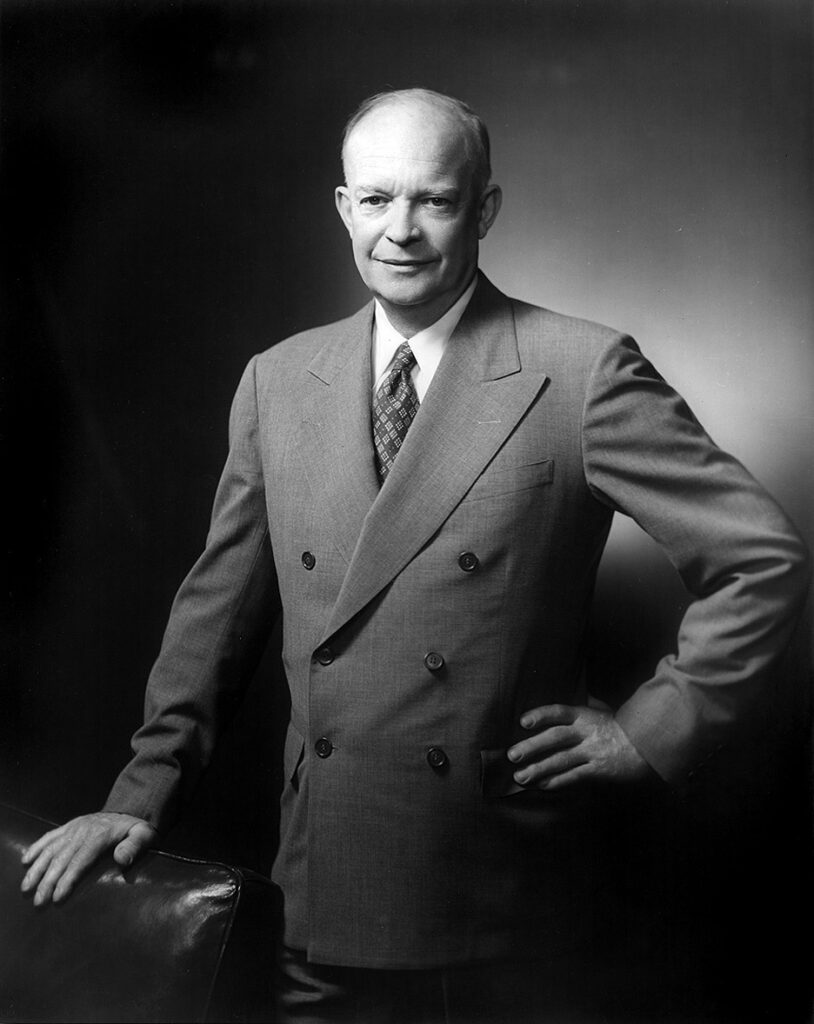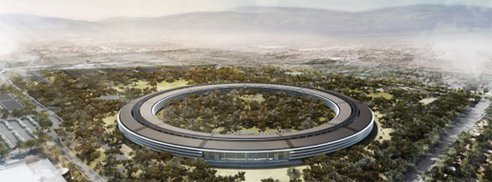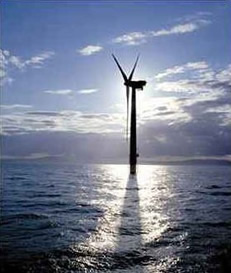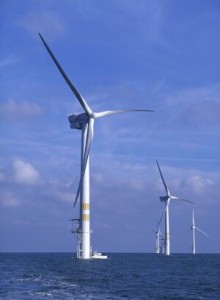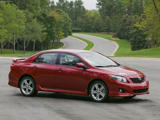 Does Freedom of Speech imply the responsibility to speak honestly – even when what is not what people want to hear? John Ehrenfeld, on his blog, in discussing the US Presidential Campaign, noted (here),
Does Freedom of Speech imply the responsibility to speak honestly – even when what is not what people want to hear? John Ehrenfeld, on his blog, in discussing the US Presidential Campaign, noted (here),
“[M]y concerns and consternation at the virtually complete absence of truth from [a GOP debate in New hampshire]. Not only was the truth gone, but the participants appeared almost gleeful about speaking freed from the constraints that truth-telling creates…. I recall an interview with Eric Fehrnstrom, Mitt Romney’s campaign manager, who said, in response to a question about the untruths being uttered by Romney, that this was none of his concern; it was up to the media to provide the facts.”
I addressed this in a wry manner with “Ridin’ the Magic Carpet” on XB Cold Fingers.
Richard Seireeni, on the Chelsea Green site (here), suggests that our biggest challenges, perhaps threats, come from outsoucing manufacturing of American branded consumer goods to China.
And in the New York Times, Paul Krugman explains how America is not a corporation (here).
For one thing, there’s no simple bottom line. For another, the economy is vastly more complex than even the largest private company.
Most relevant…, however, is … giant corporations sell the great bulk of what they produce to other people, not to their own employees — whereas even small countries sell most of what they produce to themselves, and big countries like America are overwhelmingly their own main customers.
Yes, there’s a global economy. But six out of seven American workers are employed in service industries, which are largely insulated from international competition, and even our manufacturers sell much of their production to the domestic market.
And the fact that we mostly sell to ourselves makes an enormous difference when you think about policy.
Consider what happens when a business engages in ruthless cost-cutting. From the point of view of the firm’s owners (though not its workers), the more costs that are cut, the better. Any dollars taken off the cost side of the balance sheet are added to the bottom line.
But the story is very different when a government slashes spending in the face of a depressed economy. Look at Greece, Spain, and Ireland, all of which have adopted harsh austerity policies. In each case, unemployment soared, because cuts in government spending mainly hit domestic producers. And, in each case, the reduction in budget deficits was much less than expected, because tax receipts fell as output and employment collapsed.
Ehrenfeld, observing the irony in a GOP Debate on the day of Vaclav Havel’s death, wrote about truth;
Havel’s signature accomplishment [was] pointing out that people have to live in truth or lose their freedom…
Truth, as Havel says, is essential to our existence as a free people at all times, but perhaps even more now as we become ever more aware of the complexity of the world we live in. Ideologies are the epitome of denial of the interconnectedness of this world, where ties grow more in number and strength everyday. Actions here have effect in places and times we do not expect or ignore. Are we really going to bomb away the so-called threat of Iranian nuclear weapons with no other consequences? Will freeing the market from all government oversight and restraints create wealth for everybody when the results of the last few decades show us the exact opposite? Ideologies, either from the left or right, are all dangerous, but our two-party system and the means their leaders communicate with us pushes themes into ideological positions frequently compressed into tiny sound bites or political ads….
There are many, many truths out there that are getting clobbered. If any of these men (no women left) are elected, they will be expected to act in accordance to these statements, ignoring what they find. Obama was faced with a financial crisis and its fallout on the economy as he moved in. He certainly was not the creator of these problems. It is interesting and ironic that the name Bush, on whose watch these problems started to arise, has been barely mentioned during this campaign, and not at all during these recent “debates.” I continue to put quotes around this word as real debates require some depth in discussing issues and solutions. Truthfulness would require putting the current messes into context, a least attempting to do so. I admit that would be difficult because the big messes are all a result of our failures to recognize complexity and act accordingly.
Richard Seireeni on the Chelsea Green site (here) wrote:
In the run up to the Republican Convention, we’ve heard everything and nothing. We’ve heard Newt, Mitt and Ron go on about issues that have little if any impact on jobs and national security, but not a single word about the real reason we have massive and permanent unemployment….In 2010, we imported 364 billion dollars in goods from China while we exported only 91 billion to them. That is nearly a 4 to 1 trade imbalance….
The Chinese people have become admirable competitors, but their hybrid Totalitarian-Capitalist government is not our friend. They don’t share our philosophies on human rights, labor rights, or geo-political issues, like containment of Iran’s nuclear ambitions. In fact, China is a major importer of Iranian oil, in opposition to U.S.-sponsored trade restrictions, and has probably received access to our recently downed drone aircraft as a reward.
While GOP candidates are preoccupied with Terrorism and Obamacare, the People’s Liberation Army has been quietly developing a new advanced stealth fighter, Predator-style drones, the first in a planned fleet of blue water aircraft carriers, an advanced rocket and space program, and a growing nuclear arsenal. Those cheap consumer products have turned China into a super power one purchase at a time. Every time an American patriot buys a Made-in-China product at Walmart, he or she is investing in China’s military expansion, which forces us to invest more in our military to counter the threat.
